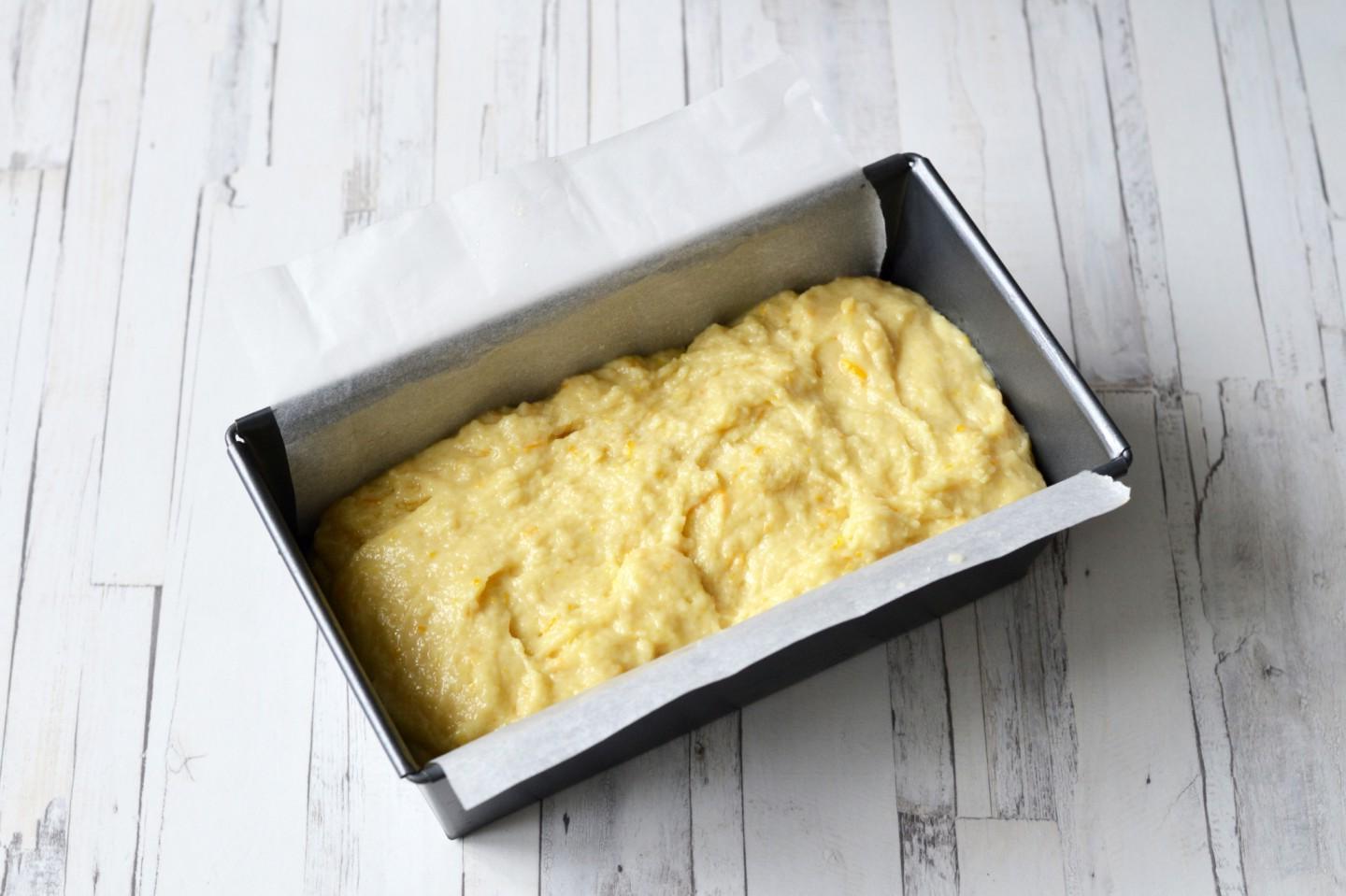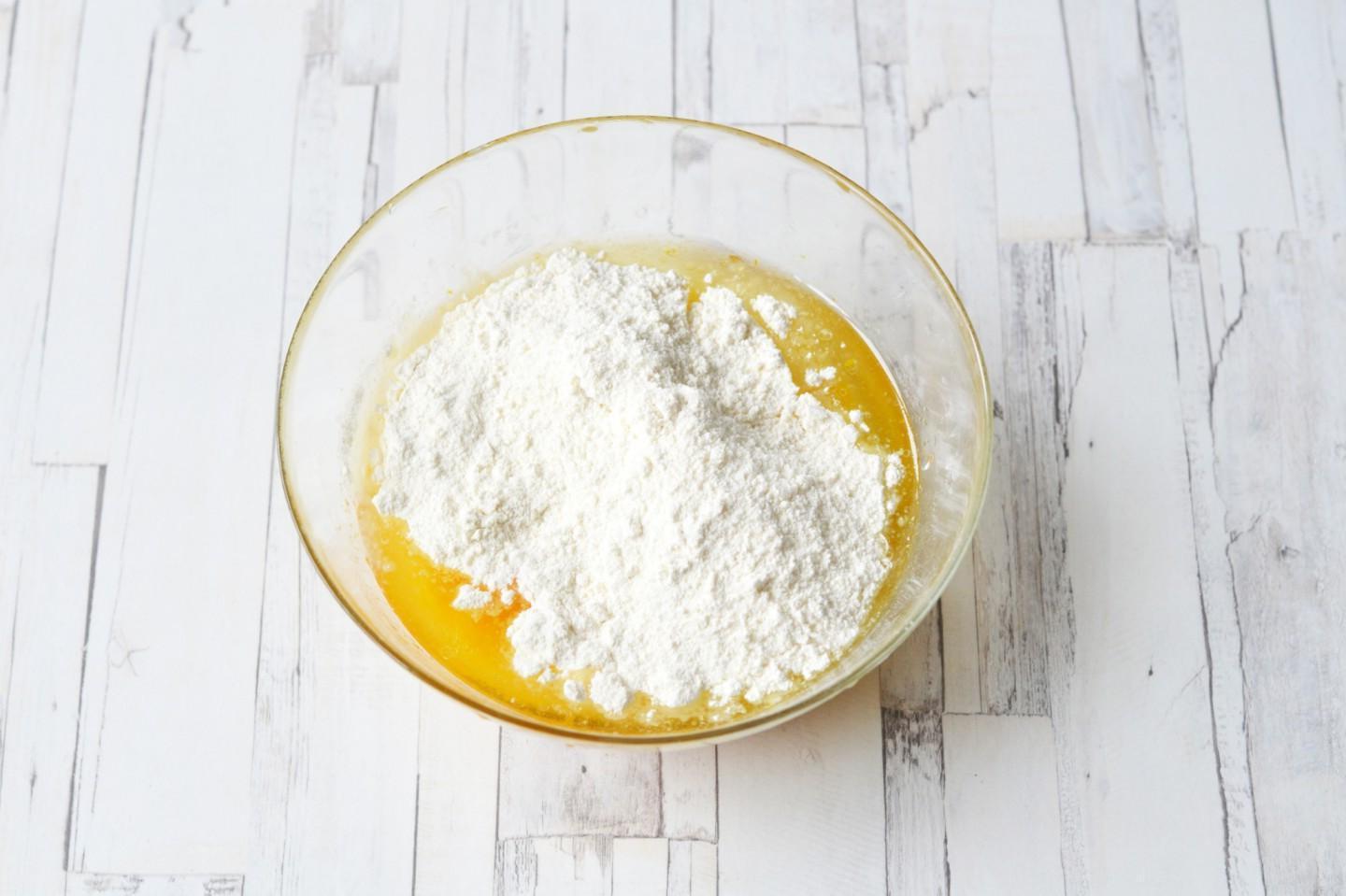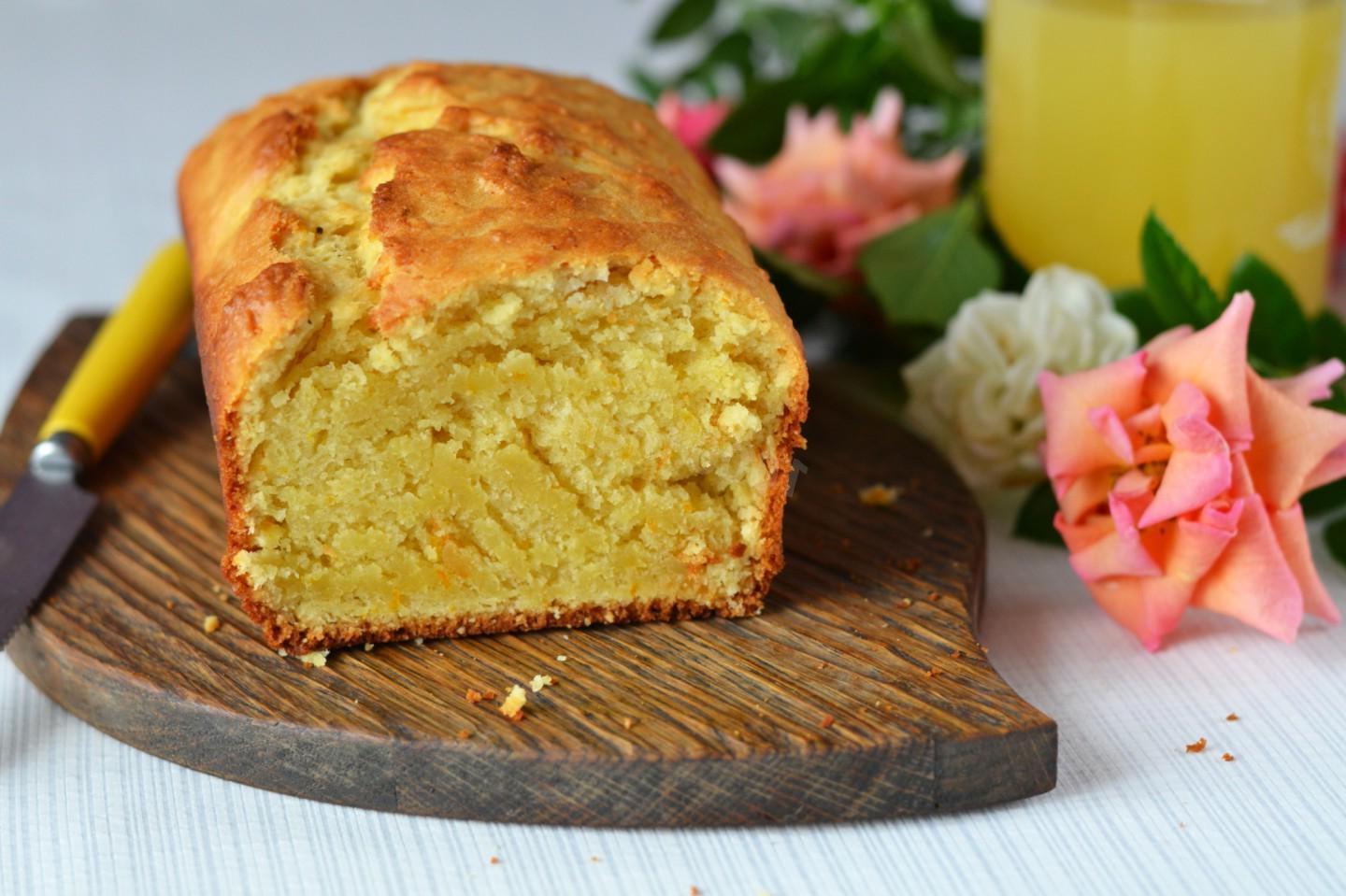Egg-Free Orange Juice Lenten Cake
Delicious, easy and simple, without eggs or milk — for the whole family! Lenten cake made with orange juice without eggs turns out to be as light and crumbly as rich pastries. Semolina gives the dough porosity, but the semolina itself is not noticeable in the finished cake. It is easy to prepare, and the result will please everyone.
cook time:
1h 20 min
Ethan Rowley

Nutrition Facts (per serving)
318
Calories
10g
Fat
48g
Carbs
6g
Protein
Ingredients (6 portions)
Basic:
Sugar
120 g
Orange zest
1 tbsp
Orange juice
200 ml
Wheat flour
350 g
White wine vinegar
1 tbsp
Vegetable oil
80 ml
Baking powder
1 tbsp
Semolina
1 tbsp
Vanilla sugar
1 tsp
Recipe instructions
Step 1
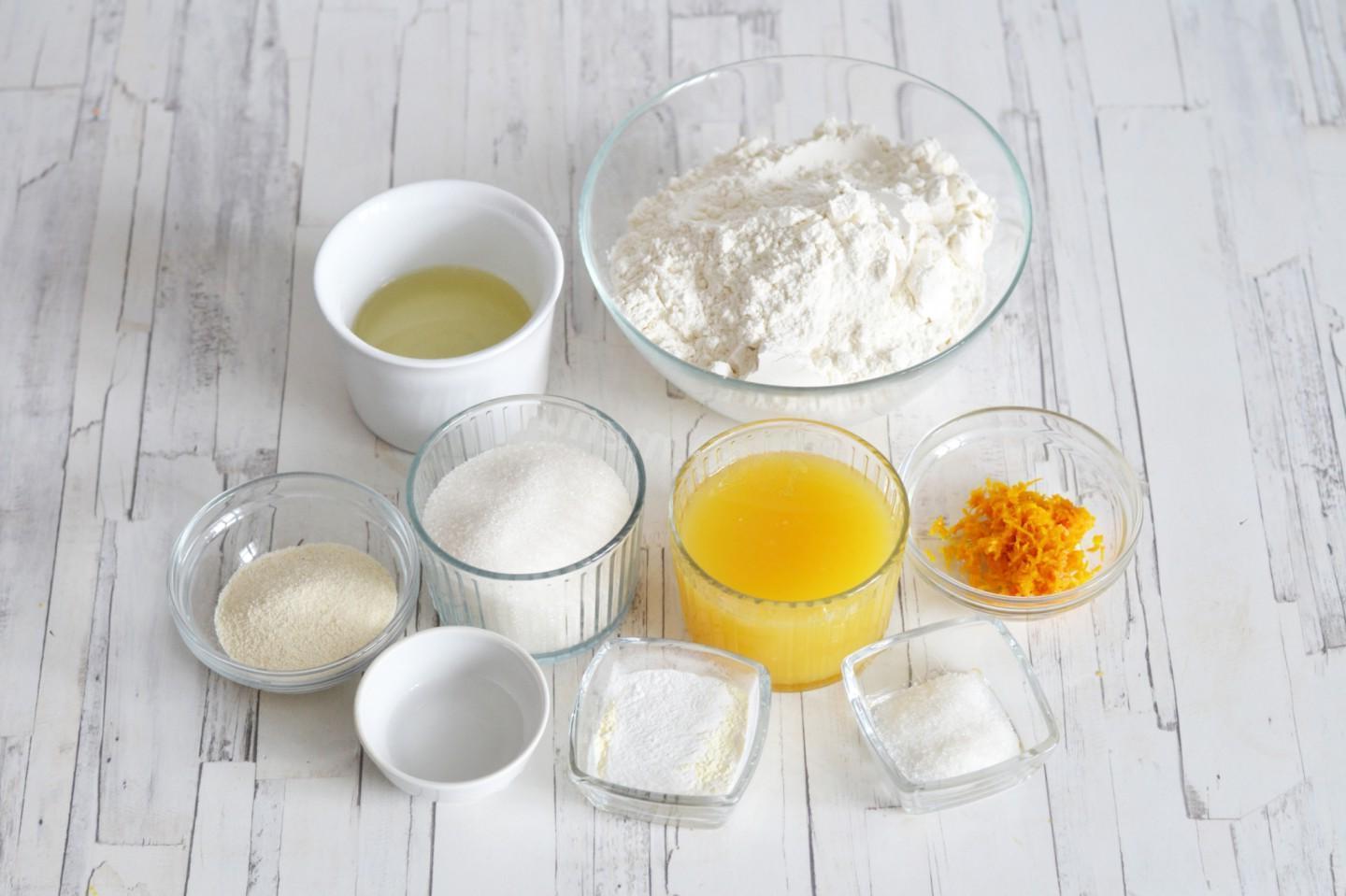
Step 2

Step 3
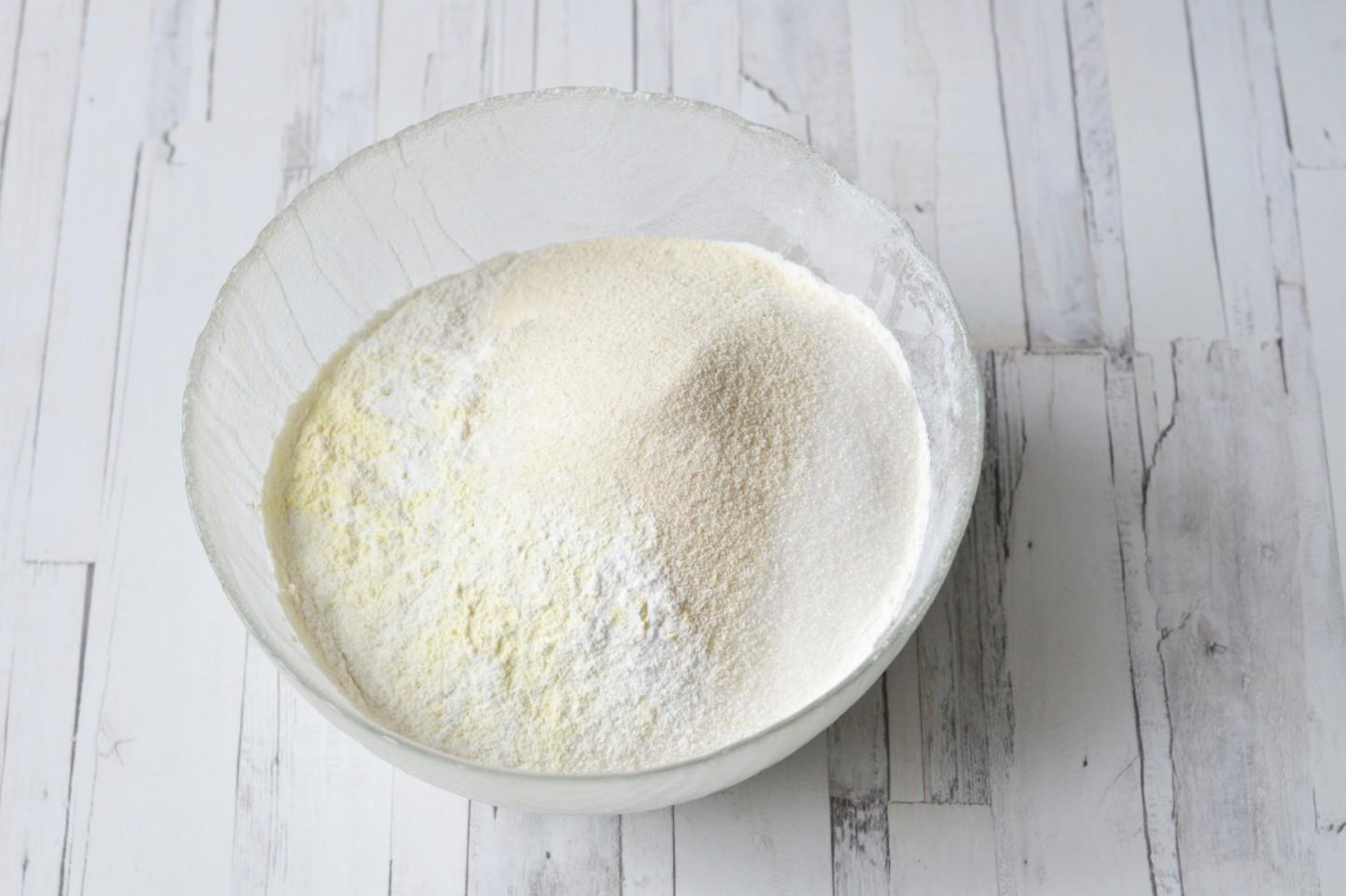
Step 4

Step 6
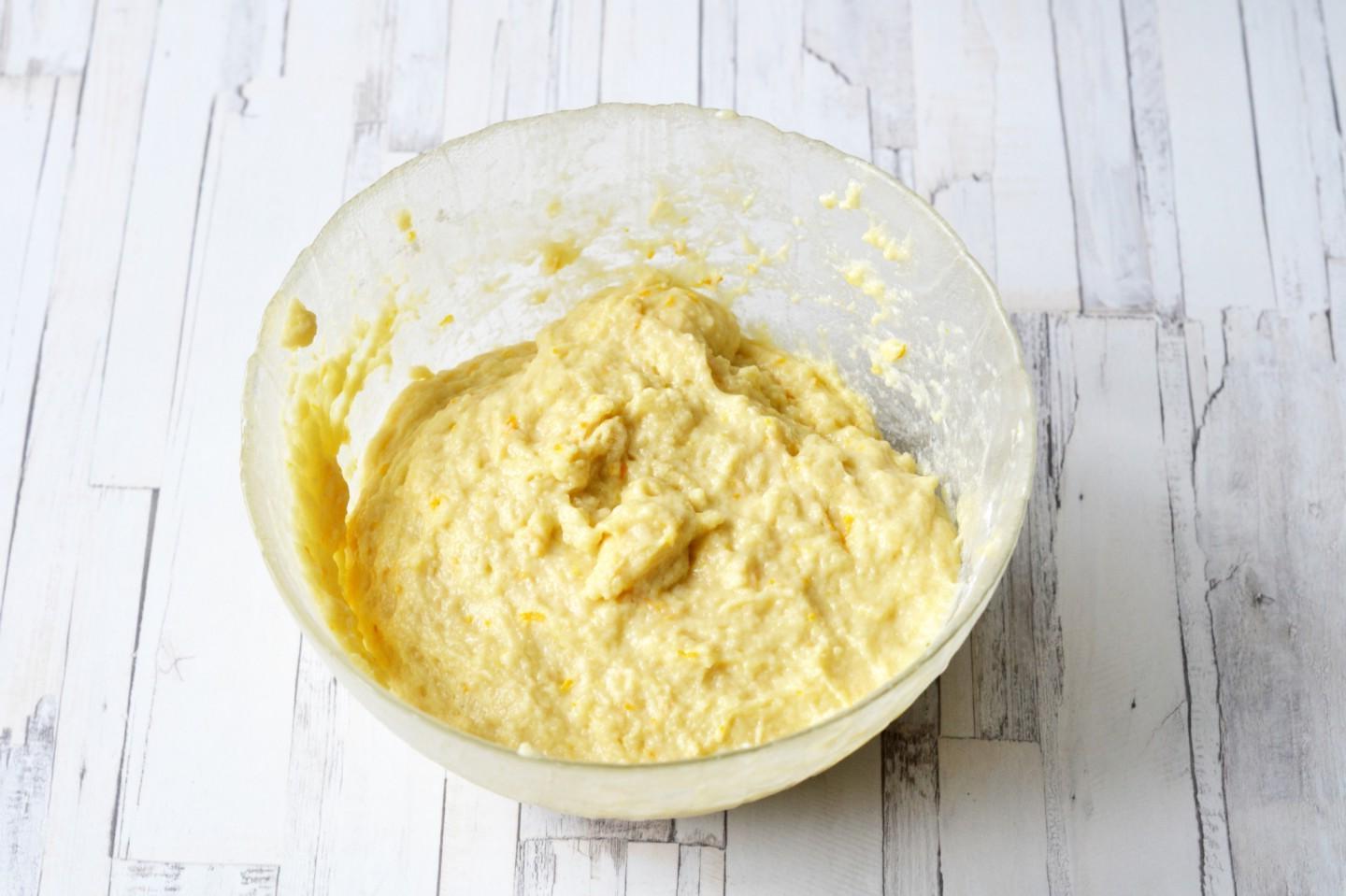
Step 7
